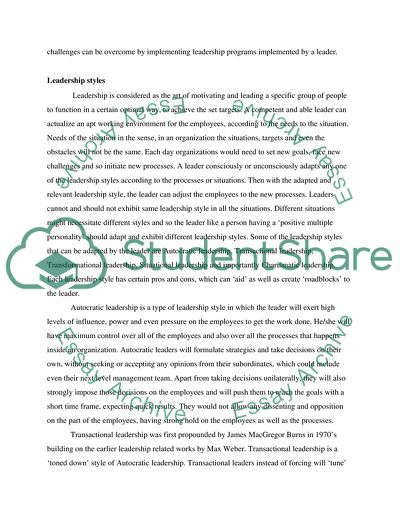Cite this document
(Charismatic Leadership and Employee Motivation Research Paper, n.d.)
Charismatic Leadership and Employee Motivation Research Paper. Retrieved from https://studentshare.org/human-resources/1729266-to-what-extent-does-charismatic-leadership-impact-employee-motivation-to-perform-in-the-workplace
Charismatic Leadership and Employee Motivation Research Paper. Retrieved from https://studentshare.org/human-resources/1729266-to-what-extent-does-charismatic-leadership-impact-employee-motivation-to-perform-in-the-workplace
(Charismatic Leadership and Employee Motivation Research Paper)
Charismatic Leadership and Employee Motivation Research Paper. https://studentshare.org/human-resources/1729266-to-what-extent-does-charismatic-leadership-impact-employee-motivation-to-perform-in-the-workplace.
Charismatic Leadership and Employee Motivation Research Paper. https://studentshare.org/human-resources/1729266-to-what-extent-does-charismatic-leadership-impact-employee-motivation-to-perform-in-the-workplace.
“Charismatic Leadership and Employee Motivation Research Paper”, n.d. https://studentshare.org/human-resources/1729266-to-what-extent-does-charismatic-leadership-impact-employee-motivation-to-perform-in-the-workplace.


